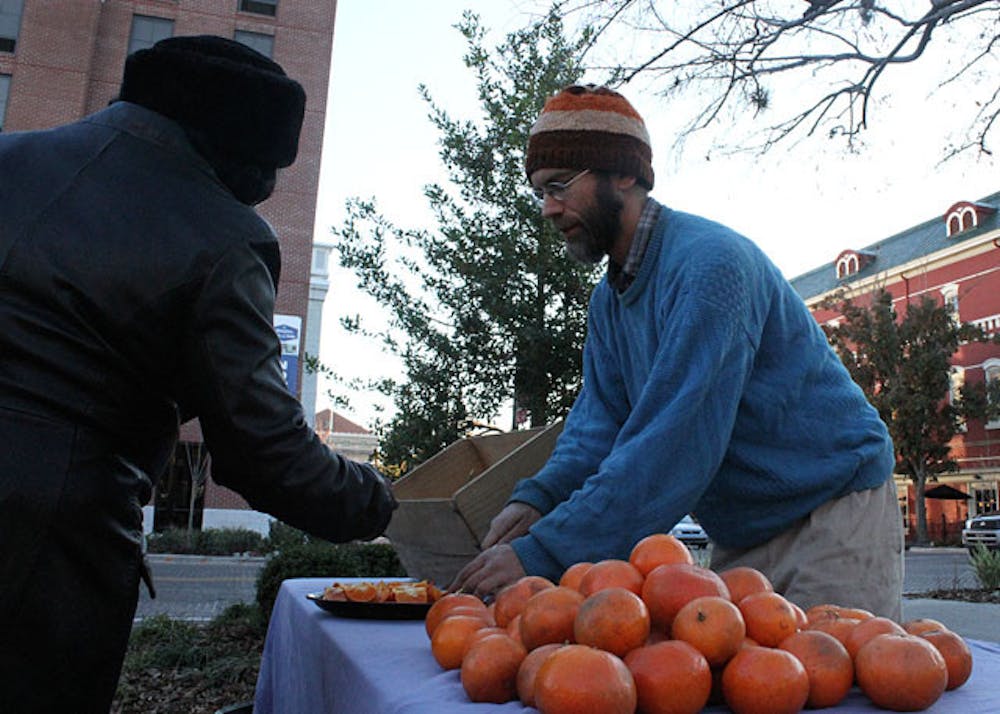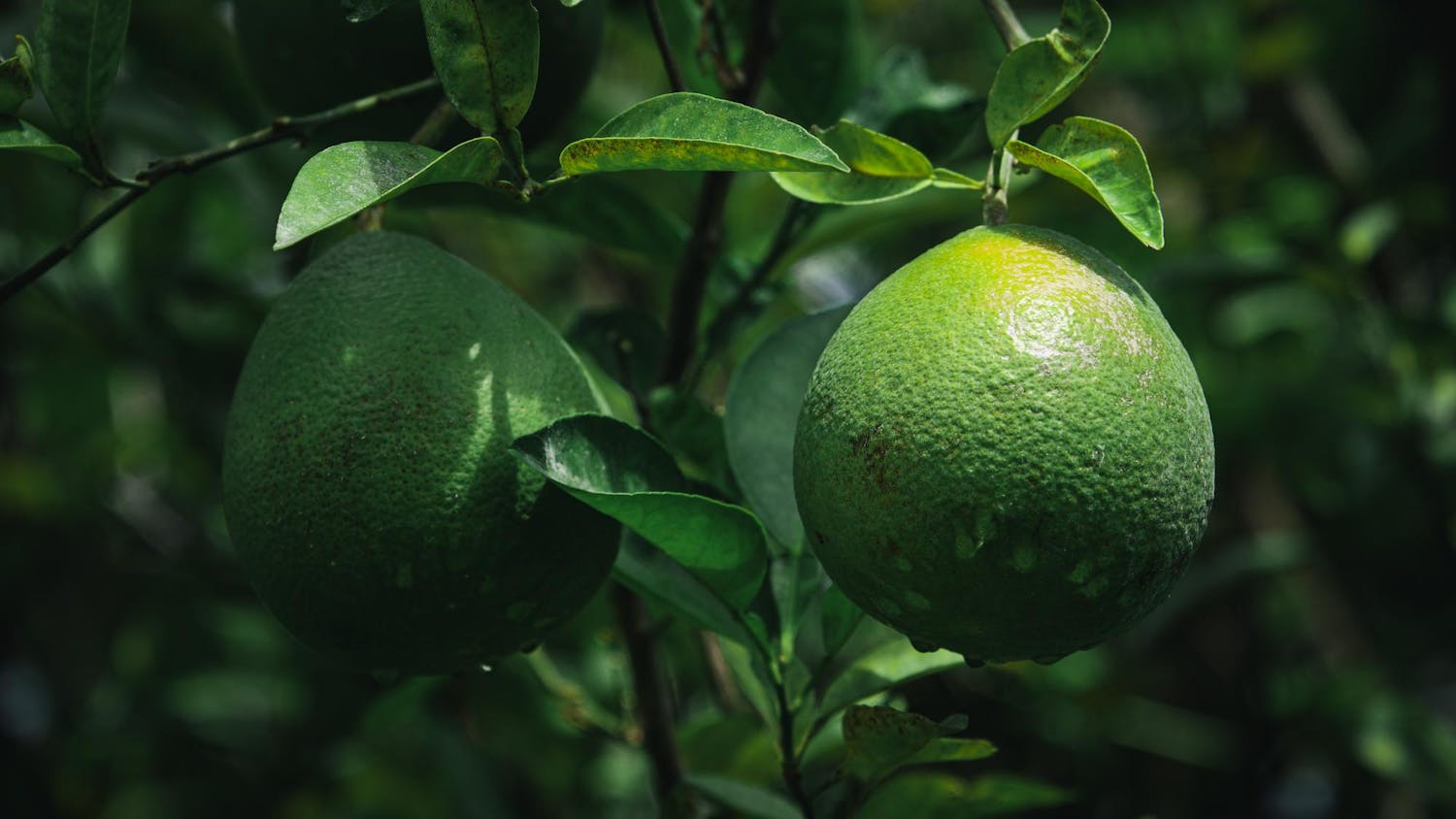An algorithm published in a new UF study could benefit Florida’s $9-billion citrus industry by allowing growers to predict crop yields both earlier and with improved accuracy.
The study, conducted by Wonsuk “Daniel” Lee, would allow growers to know exactly how much fruit is on their trees sooner than before, making it easier for them to figure out the ideal time to harvest.
Lee said the model could also give growers a way to identify troubled areas in their groves.
“If you know one place produces more fruit and one place produces less fruit … you can focus on the low-producing area to correct those problems,” said Lee, a UF agricultural and biological engineering professor. “And thereby you can increase your yield and profit.”
Lee was able to compare the productivity of trees in different areas of a grove using image-processing software, which can detect the presence of individual fruits.
Because immature green fruits are so well camouflaged, the computer has to use color along with textural and spatial information to isolate them from photographs and come up with a number, Lee said.
Thomas Spreen, citrus marketing and trade expert, said growers currently use a limb-count method in which they randomly select a limb from a tree and count the number of fruits on it.
That number is then used to extrapolate a figure for the entire tree and eventually the orchard, the county and the state.
Essentially it’s a guess, Spreen said, “but they’ve done it this way for 50 to 60 years, so it’s fairly well-developed.”
However, Spreen said he thinks there is still room for progress.
“Anything that improves the quality of the information in the system benefits both the buyers and the sellers,” he said.
Katie Rogers, a 22-year-old UF horticultural science senior and treasurer of the Gator Citrus Club, said the algorithm holds promise for sellers in particular.
“It’s beneficial to be able to predict your yield,” she said, “because one of the most difficult things in farming is not knowing what you will end up making at the end of the season.”
Lee said it could still take two to three more years until the algorithm is ready for commercial use. Even then, growers might be hesitant to switch from more conventional methods.
Cecil Nelson, a 69-year-old Florida citrus grower, and his wife hand-planted their San Mateo grove in 1986 and have been predicting their crop yield the traditional way ever since.
Nelson said if he’s to be taken as an example, then Lee might be right.
“I won’t be switching anything. I’m almost 70 — this is it for me,” Nelson said. “But I do think it sounds like a good idea.”
[A version of this story ran on page 4 on 2/4/2014 under the headline "Formula from UF study to help citrus growers with efficiency, accuracy"]






